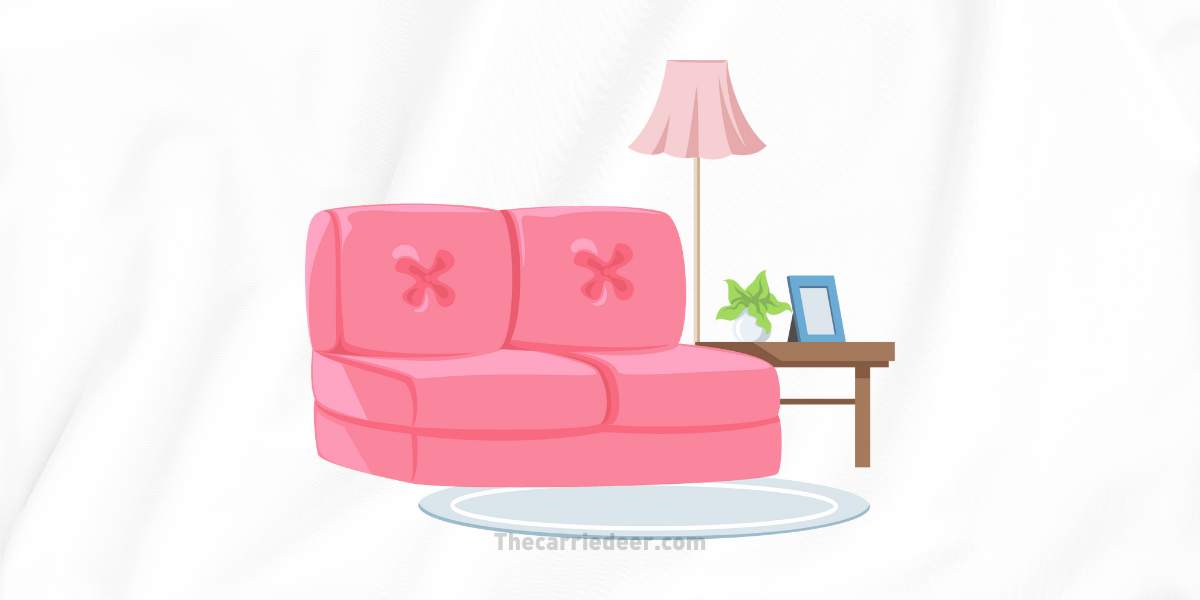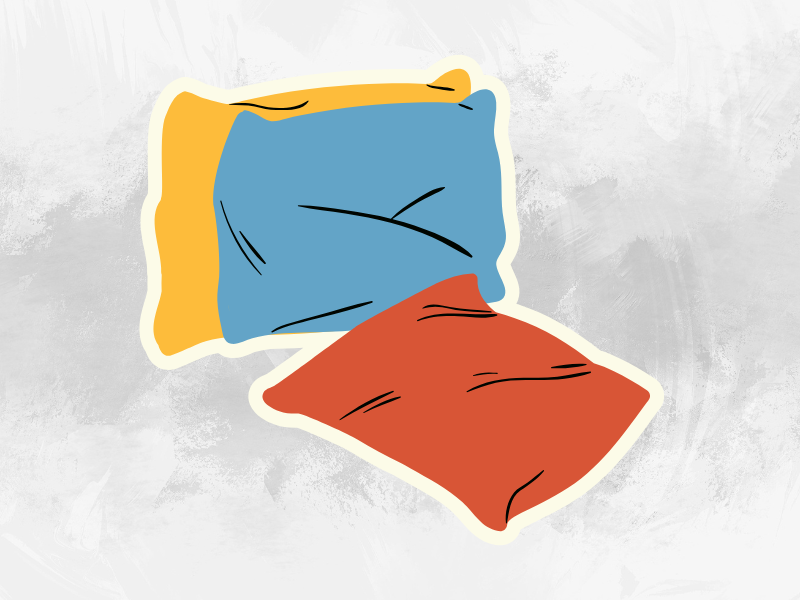
Focal Point
A major factor to take into consideration when deciding where the furniture will be placed in the living room or family room is to select the focal point of the space. The first thing to think about is the focal point of architectural design, which is an open window, a fireplace, or the main door like a French door or sliding door. You could also make the focal point by using the addition of a massive piece of furniture, such as an entertainment unit. When you’ve chosen the focal point, all other furniture within your room is put in according to the central point.
Placement of seats
The largest piece of furniture needs to be placed against the main focal point. It could be put on an angle, particularly in the event of any angles in the ceiling or walls. It is not necessary to set furniture in front of the wall unless the space is small. Actually, placing furniture away from walls can help to make the space feel bigger. From that point, everything else in the room needs to be placed in accordance with the position of the first furniture piece and within the same direction as this first piece.
The largest piece of furniture is usually a sofa. The next piece might be the love seat or a big chair, which will need to be placed right angle with the sofa to create the “L” form. Other chairs will need to be placed diagonally in opposition to this arrangement but at a right angle towards the couch. So, seating is placed in a comfortable conversation area. If the space is long, then more than an area for conversation can be made.
Furniture, tables, and tabletops
After seating is set, the end tables and the coffee table can be arranged in a way that is suitable, typically having an end table placed between the love seat and sofa or chair and a second end table in between the furniture in the space. The table must be set just in front of the sofa, with enough space for a comfortable move between the sofa and table. Make sure that you have enough room to walk around the space but not completely. The room should have more of a weave circular traffic pattern that flows throughout the room; however, the tables must be easily accessible from the seating furniture so that drinks can be placed on them, and they are easily accessible without needing to stand up.
Other furniture items like bookshelves, tables, pianos, and chests must be set on walls that match the dimensions of the furniture and arranged across the room to ensure they’re not swayed, and too large pieces of furniture are placed located on the same side of the other. Rugs in the area can help create a sense of stability and an area of activity, like an area for conversation or dining space. When selecting an area rug, make sure to select one that is big enough to cover all of the furniture or at least the front in the layout of seating.
Lighting
The next step is to select the right lighting. Floor lamps, table lamps, and hanging lights can be utilized. However, they have to be chosen in accordance with the dimensions and space of the room. If furniture and tables are properly placed, The placement of lamps should be evenly spaced throughout the room, ensuring equally balanced lighting.
Artwork
After lighting and furniture have been installed, artwork and other decorative objects are able to be displayed on walls. The primary thing to take into consideration in hanging art on the wall is the dimension and shape of the piece and how it is connected to the furniture, it’s hanging over or to the wall space. The size and shape of the artwork should be in line with the furniture it’s hanging over. For example, you should not hang a tall vertical photo on a long, horizontal sofa. It is possible to hang two photos oppositely, which are connected insofar as the frames don’t extend beyond the dimensions of the sofa’s horizontal dimension. The artwork must be tacked to the furniture in a way that extends beyond the dimensions of the furniture, either up or to one side.
Smaller photographs can be organized in a gallery so in the event that their overall design is like the furniture item that it is connected to and doesn’t extend over the dimensions that extend horizontally of furniture. They can be laid out across the floor to get the best arrangement. If the walls are angled at the ceiling or at an angle at the staircase, the wall hangings must follow exactly the same angles. The ideal place to hang a mirror is to place it on the opposite side of the windows so that it can reflect the natural light that enters the space.
Accessories
The final step when decorating your home is to arrange the furniture. These decorative objects are placed on the shelves or tables. These could be flower arrangements, small images, candles, books, pottery or glass objects, and more. When you set up a collection of objects, begin with the largest item first, then move to the smaller ones. Keep sets and similar items in the same space instead of segregating them. Then arrange them in an asymmetrical order instead of an asymmetrical one, such as a candlestick that is in the same place on either side of the mantel. Make use of heavier items on heavier pieces of furniture and lighter objects on furniture with smaller dimensions. When placing objects on shelves or cabinets, put heavier items on lower shelves and lighter ones on the upper shelves.

